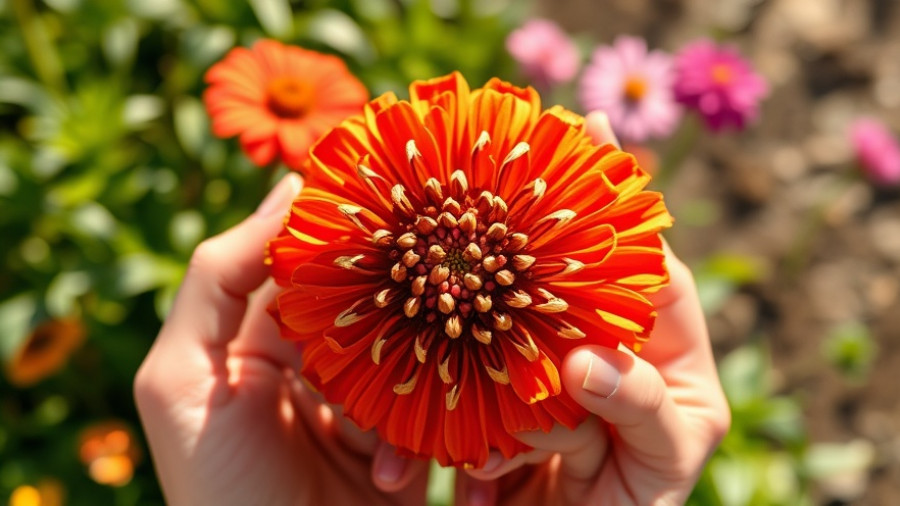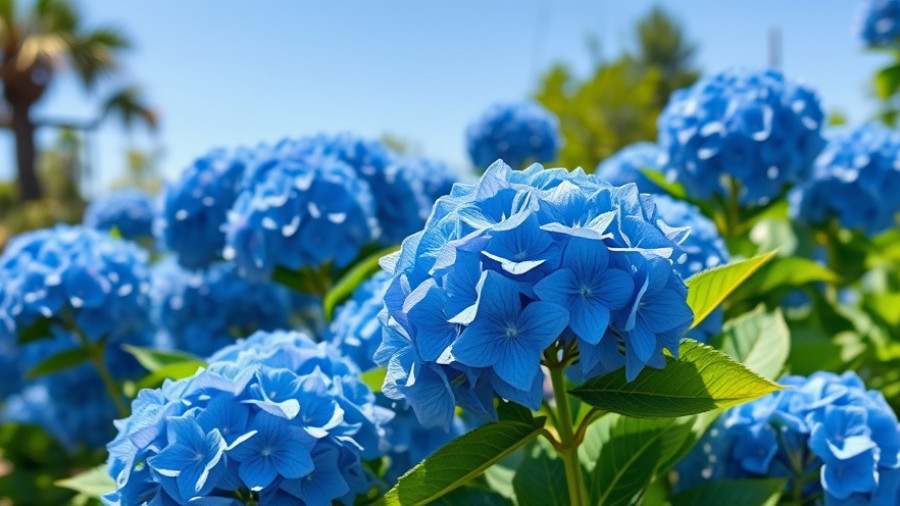
The Charming Peanut Cactus: A Garden Must-Have
The peanut cactus, known scientifically as Chamaecereus silvestrii, is a low-maintenance succulent that adds character to any outdoor space or indoor window sill. Resembling small peanuts nestled in the ground, this cacti variety is distinguished by its unique cylindrical stems and bright summer blooms. Originating from Argentina, the peanut cactus not only thrives in full sun but also offers a delightful visual treat for garden lovers.
Essential Care Tips for Your Peanut Cactus
One of the main reasons gardening enthusiasts love the peanut cactus is its drought tolerance and easy maintenance. Here are some essential care tips to keep this lovely plant thriving:
- Light: Ensure your peanut cactus receives ample sunlight, placing it in a bright location that boasts direct sunlight.
- Watering: As a low-maintenance plant, the peanut cactus only requires little to moderate watering. During the growing season (spring through summer), ensure that the soil is dry before watering again. In the dormant season (fall and winter), reduce watering.
- Pests: Keep an eye out for pests such as mealybugs and spider mites, which can affect the health of your cactus. Treat infestations promptly with natural remedies or insecticidal soap.
Design Ideas to Enhance Your Garden
Incorporating the peanut cactus into various landscape designs can elevate your outdoor aesthetic. Here are some innovative ideas:
- Container gardening: The peanut cactus is perfect for container gardening. Its unique form can serve as a stunning centerpiece on your porch or balcony, adding a touch of whimsy to your outdoor living space.
- Rock gardens: Pairing peanut cacti with gravel, rocks, and sand can create a rustic rock garden, emphasizing their natural beauty and adaptability.
- Backdrop in flower beds: With the ability to grow low, peanut cacti can complement taller plants in flower beds, enhancing visual interest and providing structure.
Future Trends: Embracing Drought-Resistant Plants
In a world increasingly concerned with sustainability, the trend of incorporating drought-resistant plants like the peanut cactus is on the rise. As gardeners look to create eco-friendly landscapes that require less water and care, cacti and succulents play a crucial role in minimizing water usage while still achieving a vibrant outdoor paradise.
Personalizing Your Garden Space
Whether you’re keen on a backyard makeover or just starting with your first few houseplants, the peanut cactus invites creativity. The plant's unique charm helps express personal style, making it a fantastic addition to your garden planning. This versatile cactus can find its place in various outdoor designs—from sleek modern landscapes featuring paver patios to cozy nooks lit by landscape lighting ideas and enhanced with warm fire pits.
Conclusion: Cultivating Community Through Gardening
Embracing plants like the peanut cactus not only beautifies your personal space but also fosters community connections. As outdoor living enthusiasts continue to share tips and experiences, including backyard privacy ideas and seasonal planting guides, the potential for grassroots gardening initiatives grows. So why not embrace the luscious potential that a peanut cactus offers? Act now and consider bringing one into your garden; you won't regret the addition of this beautiful and low-maintenance centerpiece.
 Add Row
Add Row  Add
Add 




Write A Comment